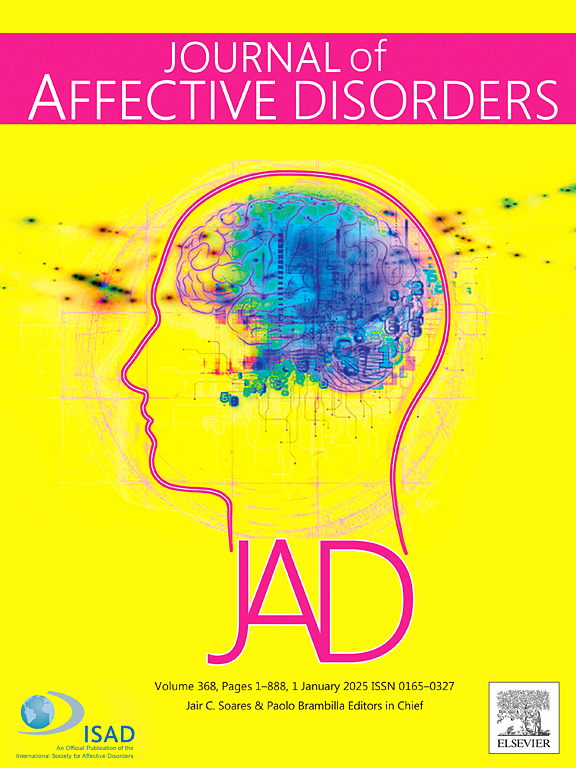Moderate drinking benefits cognitive health in middle-aged and older Chinese: A latent class growth model analysis based on CHARLS
IF 4.9
2区 医学
Q1 CLINICAL NEUROLOGY
引用次数: 0
Abstract
While alcohol use among older population is linked to various health risks, recent studies indicate potential benefits from moderate consumption, highlighting a contentious debate regarding its impact on health in this demographic. This study aims to identify distinct trajectories of alcohol use among middle-aged and older adults in China and examine their associations with multidimensional health outcomes, including cardiovascular, cognitive, and psychological health. This study utilized data from the China Health and Retirement Longitudinal Study (CHARLS), tracking a sample of 10,927 participants (54.33 % female; mean age = 57.61, SD = 8.95) through five waves of data collection. Latent Class Growth Modeling (LCGM) was employed to analyze alcohol use trajectories. Health outcomes were assessed through self-reported health measures and clinical data including lipoprotein levels. Four distinct alcohol use trajectories were identified: Moderate (6.3 %), Decreasing (11.0 %), Increasing (6.9 %), and Constantly Low (75.8 %). The Moderate trajectory was associated with significant higher cognitive scores compared to Increasing (p = .027) and Constantly Low group (p = .012). Moreover, higher levels of high density lipoprotein were linked with the Increasing and Decreasing trajectories, suggesting a protective cardiovascular effect. The findings highlight the complexity of alcohol use behaviors among older adults in China and underscore the need for targeted health interventions. Understanding the nuanced impacts of different drinking patterns on multidimensional health outcomes can aid in developing more effective public health strategies and clinical practices tailored to the needs of aging populations. Further research is recommended to explore the causal relationships and long-term health impacts of these trajectories.
求助全文
约1分钟内获得全文
求助全文
来源期刊

Journal of affective disorders
医学-精神病学
CiteScore
10.90
自引率
6.10%
发文量
1319
审稿时长
9.3 weeks
期刊介绍:
The Journal of Affective Disorders publishes papers concerned with affective disorders in the widest sense: depression, mania, mood spectrum, emotions and personality, anxiety and stress. It is interdisciplinary and aims to bring together different approaches for a diverse readership. Top quality papers will be accepted dealing with any aspect of affective disorders, including neuroimaging, cognitive neurosciences, genetics, molecular biology, experimental and clinical neurosciences, pharmacology, neuroimmunoendocrinology, intervention and treatment trials.
 求助内容:
求助内容: 应助结果提醒方式:
应助结果提醒方式:


